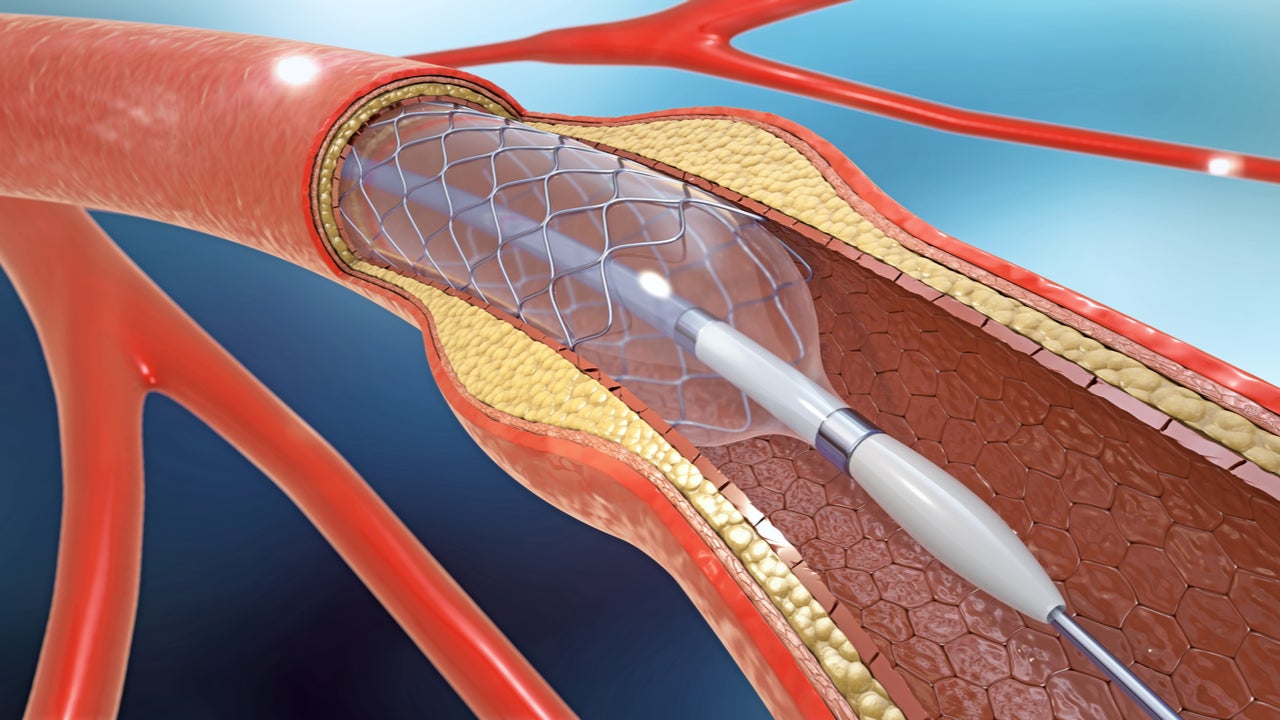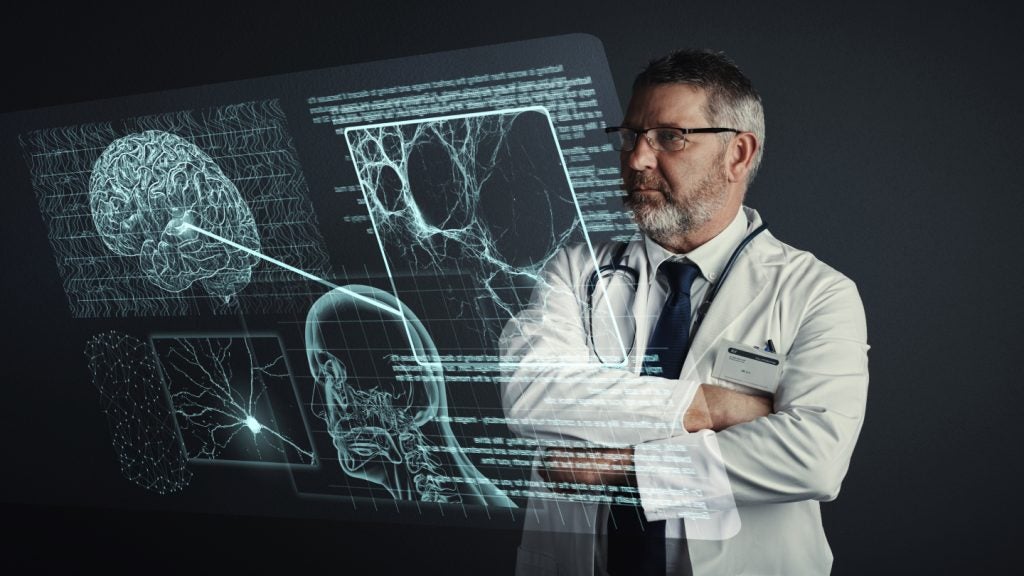
Pioneering technology from Abbott is allowing cardiologists to make quicker, more accurate decisions while carrying out angioplasties for coronary artery disease. Heart attack patients at the Royal Free Hospital in London were among the first in the UK to be treated with the artificial intelligence (AI) based optical coherence tomography (OCT) tool, Ultreon 1.0.
Ultreon can automatically detect the severity of calcium-based blockages and measure vessel diameter to enhance the precision of surgeons’ decision-making during coronary stenting procedures.
“Optical coherence tomography (OCT) is a near-infrared light-based imaging technique which is used in the diagnosis and treatment of coronary heart disease,” says Abbott vice president of global medical affairs Nick West. “Specifically, it is used during percutaneous coronary intervention (PCI) procedures, where patients get stents put in their coronary artery following a heart attack or to treat coronary narrowing that is causing angina.”
How does OCT work?
OCT helps to enable very precise identification of the nature of the arterial narrowing, as well as assess the result of a PCI procedure. During OCT a light source – typically near-infrared light – is pulled back through the blood vessel at high speed. The light emitting from the catheter can then be used to construct an image of the vessel wall.
“There is differential refraction and reflection depending on the nature of the tissue in the wall, which helps to identify different kinds of tissue, the presence of narrowing, blood clots, all those kinds of things,” says West. “After the stenting procedure, you can use the same catheter to go back into the vessel, and it will show you how good a job you’ve done.”
OCT has been available more than ten years, but as the technology has developed the computer front-end that clinicians interact with has become more and more complex. This complexity, West says, is one of two key factors discouraging surgeons from using the technology.
How well do you really know your competitors?
Access the most comprehensive Company Profiles on the market, powered by GlobalData. Save hours of research. Gain competitive edge.

Thank you!
Your download email will arrive shortly
Not ready to buy yet? Download a free sample
We are confident about the unique quality of our Company Profiles. However, we want you to make the most beneficial decision for your business, so we offer a free sample that you can download by submitting the below form
By GlobalDataWest says: “If people perceive a tool to be complex, they’re not going to use it. As well as the complexity of how you use it, one of the barriers was understanding what the final pictures mean. You’ve done the difficult bit, which is acquiring the data, but how do you interpret that data for patient care? We’ve developed a tool which can automatically identify key features in the vessel wall.”
How does Ultreon come into this?
Ultreon doesn’t use its AI to tell clinicians what to do, but it provides them with specific, detailed data to help them make the best decision possible when using OCT.
“If you have a coronary narrowing that’s been around for a long time it becomes calcified,” says West. “With an angiogram alone you just can’t see that calcification properly. We now have this deep learning-powered algorithm, which can say where the calcification is, how much there is and how deep it is. There is also part of the vessel that is the true vessel size, which is often obscured by the disease process so physicians have trouble measuring it. We can do it automatically via AI, and that allows physicians to choose the right stent size in the first instance.”
The AI Ultreon algorithm was developed using deep learning, from a bank of expert-annotated OCT images. Abbott plans to further develop the software going forward.
West says: “Ultreon is not a standalone, but part of a planned cadence of software improvements. We are already developing the next iteration of the software, which includes new AI-enabled detection algorithms.”
Over the coming weeks a further 20 centres across the UK will upgrade to Ultreon. The technology is also rolling out across other European territories, with plans to expand to the Asia Pacific, Japan and US markets later this year, subject to local approvals.
West says: “What’s interesting to me is not just technology for technology’s sake, but driving meaningful change and improving patients’ outcomes and their lives. I think it’s very important moving forwards that we leverage these concepts like deep learning and machine learning to holistically improve patient care.”





